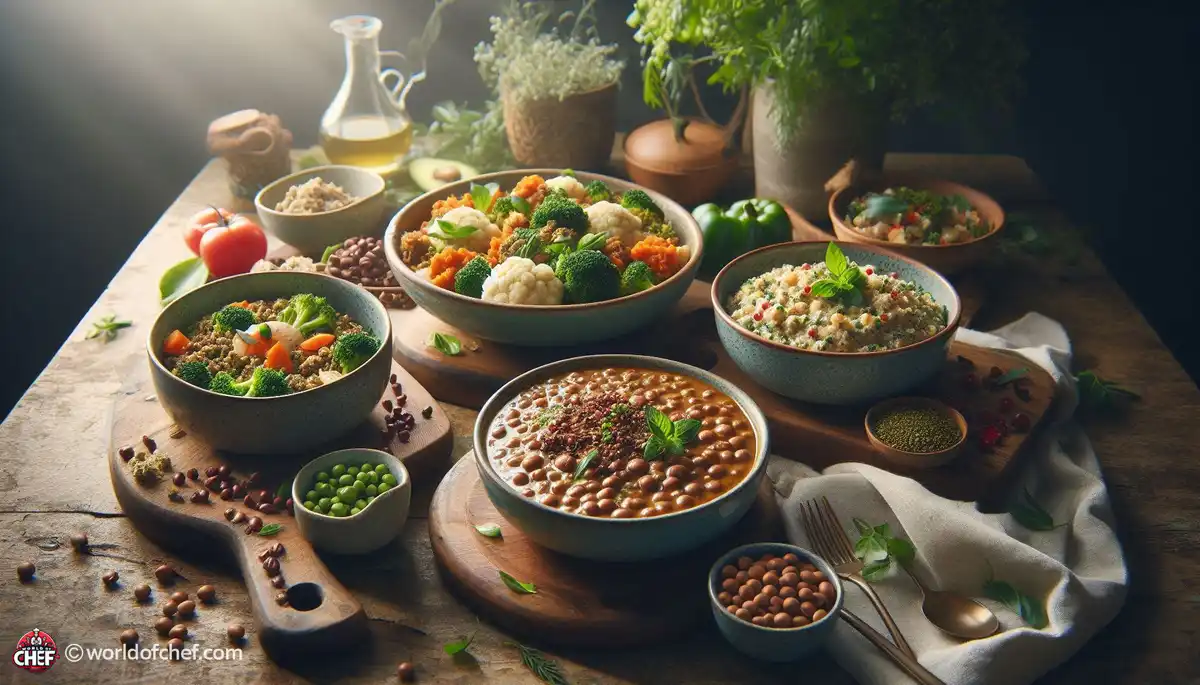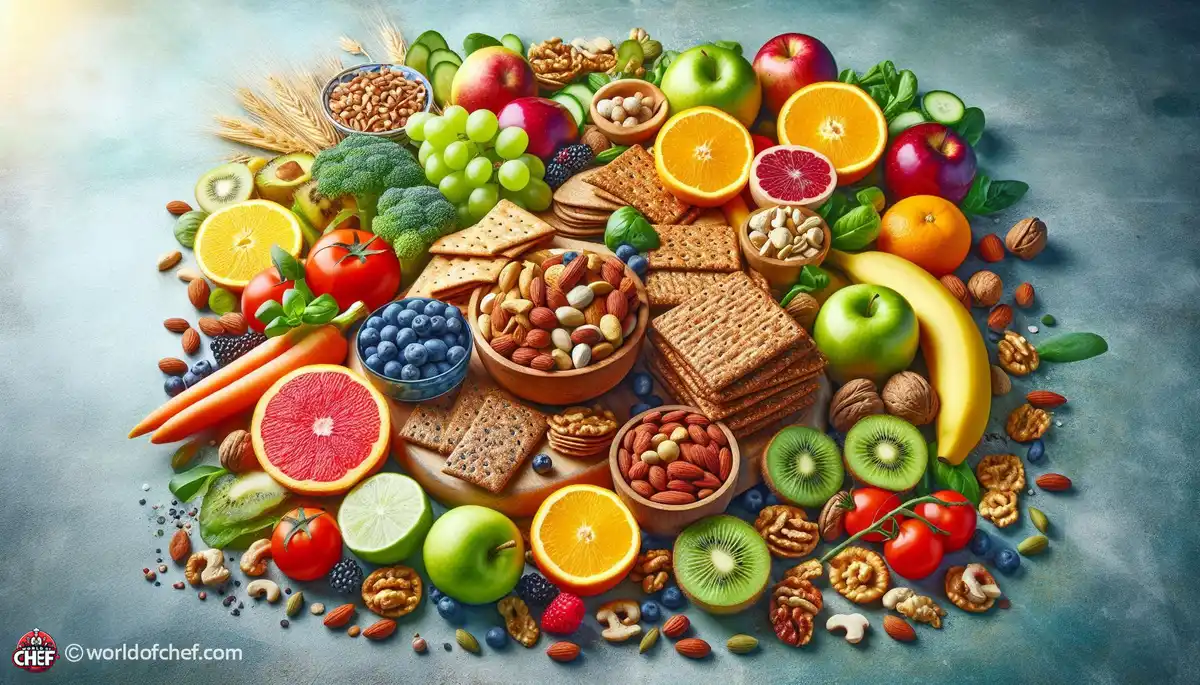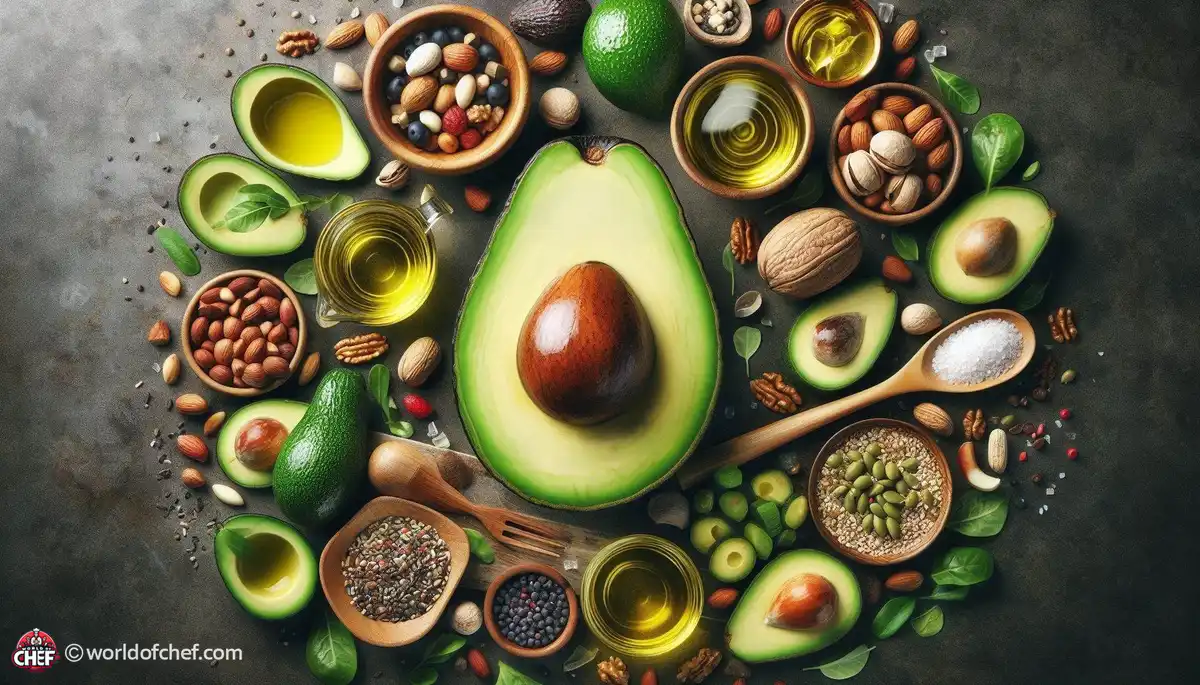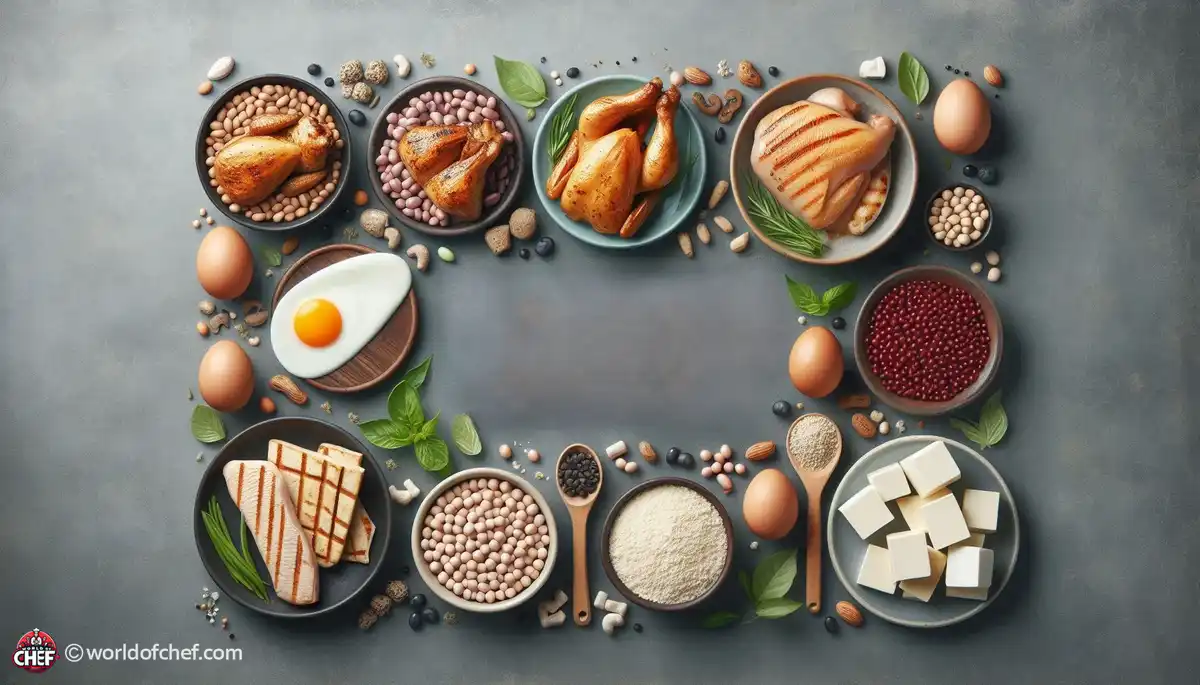
Dinner Delights: High-Fiber Recipes for Every Palate
Clarence Guido - Oct 7, 2024 - 7 min read


Fiber is an unsung hero of nutrition. It is a sort of carbohydrate that the human body cannot digest. Heaps of fiber are abundant in fruits, vegetables, whole grains, nuts, and seeds, and doesn't provide energy like all other carbohydrates but its contribution is vast.
Fiber does various functions that help our bodies operate at optimal levels. Firstly, it helps with digestion by adding bulk to our stools so that we may have regular bowel movements thus preventing constipation. Second, it regulates blood sugar levels because it slows the absorption of sugar into the bloodstream. Thirdly, it aids in weight management by inducing satiety, hence making one feel full for a longer time.
The recommended daily intake of fiber varies with age, gender, and other health factors. Generally, adults should consume about 25-30 grams per day. Unfortunately, most people are not meeting this target because their diets are full of processed foods and lacking in whole plant-based foods.
Increasing your Fiber Intake does not have to be complicated. Start by increasing whole foods in your diet, including fruits, vegetables, whole grains, legumes, nuts, and seeds. Gradually replace refined grains with whole grains, opt for whole fruits instead of fruit juices, and snack on raw vegetables with hummus or nut butter for added fiber.
Snacking on high fiber is one of the greatest benefits in the sense that it gives sustained energy all day long. Unlike sugary snacks that cause an energy crash, fiber-rich snacks are the ones that slowly let glucose into the bloodstream without the spikes and crashes of energy.
Inculcation of high-fiber snacks into your diet can really benefit you immensely in maintaining good digestive health. It makes the stool bulkier so that it becomes easier to pass out and, thus prevents constipation. Moreover, it is a prebiotic that feeds the good bacteria in the gut and keeps the flora healthy.
High-fiber snacks can be a lifesaver to people who are concerned with their weight. The fact that it digests slowly and fills a person up curbs cravings as well as prevents overeating. As such, if one uses fiber-rich snacks, one is likely to stay full for longer, meaning one is less likely to end up reaching for the junk food.
This can come in the form of healthy, high-fiber snack food for a person diagnosed with diabetes or simply seeking stabilization in their blood sugar.
Why? This is due to the slowing of the rate at which sugar becomes absorbed into the blood through the consumption of fiber; thereby, blood glucose would not shoot up in extreme degrees. In doing this, it also helps develop greater insulin sensitivity, reduces the risk of type 2 diabetes, and boosts satiety, supporting weight management.
A filling fiber-rich snack is carrot, celery, and bell pepper sticks with hummus. In nature's terms, vegetables have almost no calories but lots of fiber. Hummus adds protein and healthy fats for extended satiation.
Greek yogurt contains proteins but is also high in probiotics, which aid in enhancing the gut's health. You can top this with fresh berries for some added fiber and antioxidants as well as a sprinkle of granola for crunch. The choice of granola that includes whole grains and nuts would raise the fiber content further.
The most traditional snack in the list is an apple, high in fiber; when taken with almond butter, it makes a good filling snack. Fiber in the apple and healthy fats in almond butter together will make the perfect snack for holding between meals.
Trail mix is an easy, convenient snack. Seek a mix of nuts, seeds, and dried fruits for good sources of fiber, protein, and healthy fats. Note portion size since nuts and dried fruits can be calorically dense.
Another secret of success when trying to increase your intake of high-fiber snacks is planning ahead. Set aside some time early in the week to make snacks ahead of time. For example, you may wash and chop fruits and vegetables or portion out trail mix into individual servings.
Make healthy high-fiber Snack Options appealing. You do this by always having healthy choices at the ready in your pantry and your refrigerator. This includes fruits, vegetables, whole grains, nuts, and seeds. In most cases, having those foods available will make the likelihood of reaching for unhealthier options when hungry less likely.
Pay attention to how a particular high-fiber snack makes you feel. There is no one-size fits all when it comes to the human body, hence what works for one, may not work for the other. Try out all sorts of snacks and know how they affect your energy levels, digestion, or satisfaction. Adjust your preferences according to what works better for you.
Lastly, hydrate by drinking plenty of fluids. Fiber absorbs water in the gastrointestinal tract as it moves. Drinking at least eight glasses of water throughout the day will be your best option, and add hydrating snacks such as more water-dense fruits and veggies to your snack list.
It is a simple, easy way to improve the health of your body if you just introduce high-fiber snacks into your daily life. You will begin making an effort to make yourself feel better if you are enlightened about the fiber content in food, see all its benefits, and opt for tasty and healthy snacking alternatives. So start snacking smart today.

Clarence Guido - Oct 7, 2024 - 7 min read

Lydia Timmerman - Oct 6, 2024 - 6 min read

Logan Trowbridge - Oct 6, 2024 - 7 min read

Wayne Tobar - Oct 4, 2024 - 8 min read